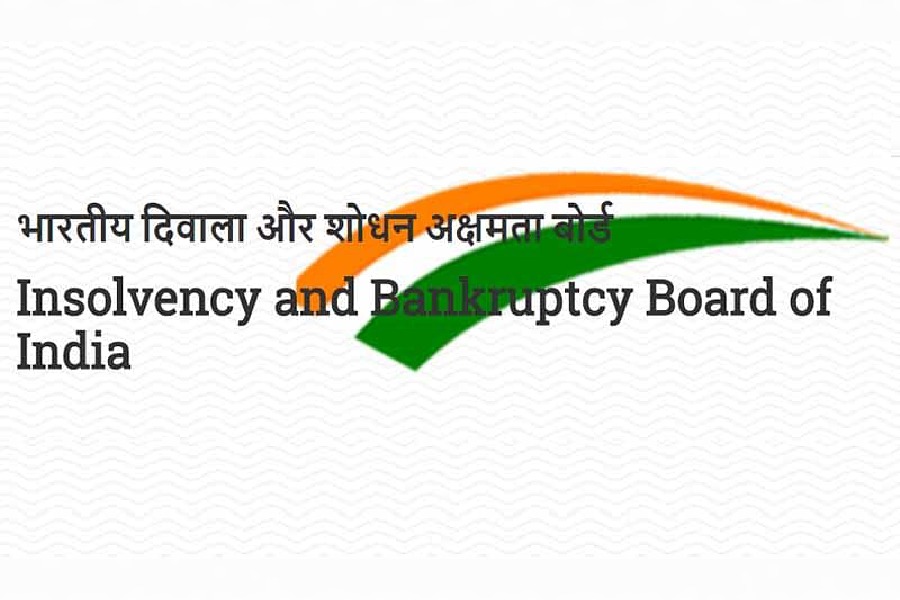Liquidation of companies has been less compared with the resolution of bankruptcy cases under the country’s insolvency rules, according to the Insolvency and Bankruptcy Board of India (IBBI).
The IBBI has highlighted a positive shift in corporate resolutions under the insolvency and bankruptcy code (IBC), with liquidations decreasing significantly in recent years.
IBBI chairman Ravi Mital, in the regulator’s latest quarterly newsletter, pointed to a steady rise in corporate resolutions and a sharp decline in liquidations since 2020-21.
In 2017-18, for every corporate debtor (CD) resolved, five CDs went into liquidation. By 2024-25, the ratio had improved to 1.3 CDs per resolved entity.
“There is a visible trend reversal in the number of companies going into liquidation under the code,” Mital said, adding that while the liquidation process has seen important reforms, further improvements are needed.
Despite these gains, the IBBI observed that as of December 2024, recoveries from completed liquidations remained significantly lower than those under the corporate insolvency resolution process (CIRP).
In some cases, the realised amounts were even below the liquidation value.
“With many distressed entities still entering liquidation, enhancing recoveries for claimants is crucial. The liquidation process needs further refinement to improve outcomes,” Mital said.
He added the IBBI has been amending liquidation regulations periodically to increase efficiency.
Anjali Jain, partner at Areness Law, noted that while the IBC has successfully driven resolutions and investment in distressed assets, liquidation remains a weak spot.
“Before the code, corporate failure meant inevitable collapse. The IBC introduced a new investment ecosystem, but liquidation still lags behind. Liquidation starts with an attempt to sell the business as a going concern, followed by sales in parts. Expanding investment awareness in liquidation cases is key to improving outcomes,” Jain said.
She highlighted that while auctions were initially advertised in local newspapers, new initiatives such as IBBI’s BAANKNET platform have increased visibility.
In a separate move to improve regulatory oversight, the IBBI has made it mandatory for insolvency professionals (IPs) to report their assignments on its electronic portal within prescribed deadlines.











